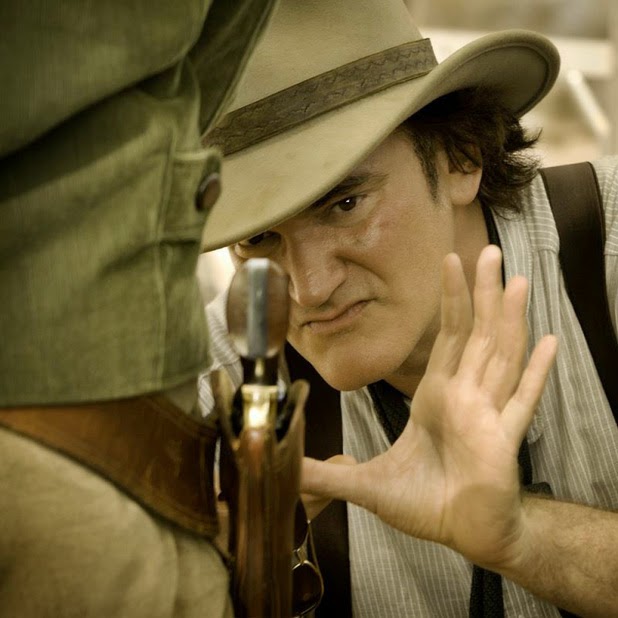Ever since the all-digital release of 2002’s Star Wars Episode II: Attack of the Clones, filmmakers have steadily moved away from traditional film reels in favor of the increased power of digital cameras. As the Wall Street Journal points out, Kodak film consumption has decreased by nearly 12 billion linear feet in the past 8 years, a 97 percent decrease in orders. Very few (such as Steven Spielberg) are still developing physical prints of their movies. That spells almost certain death for the film market, but some directors – driven by nostalgia or an insistence that there’s a measurable difference in quality – have started a personal crusade to save their favorite format. But they’re using an unconventional, business-friendly strategy.
Quentin Tarantino, J. J. Abrams, Christopher Nolan, and other have convinced major studios to buy a fixed amount of physical film each year, allowing Kodak to stay in the film business and continue outputting new film for directors to use. Not all of it will be used, but maintaining a certain level of orders will keep film alive – at least as long as the studios keep funneling money.
It’s an unconventional idea that’s impractical, expensive, and will probably see a lot of film go to waste, and naturally, it’s met some resistance. But it will keep the option available for anyone who wants to use a now-antiquated format. Maybe future generations will learn the joys of 35mm after all.

